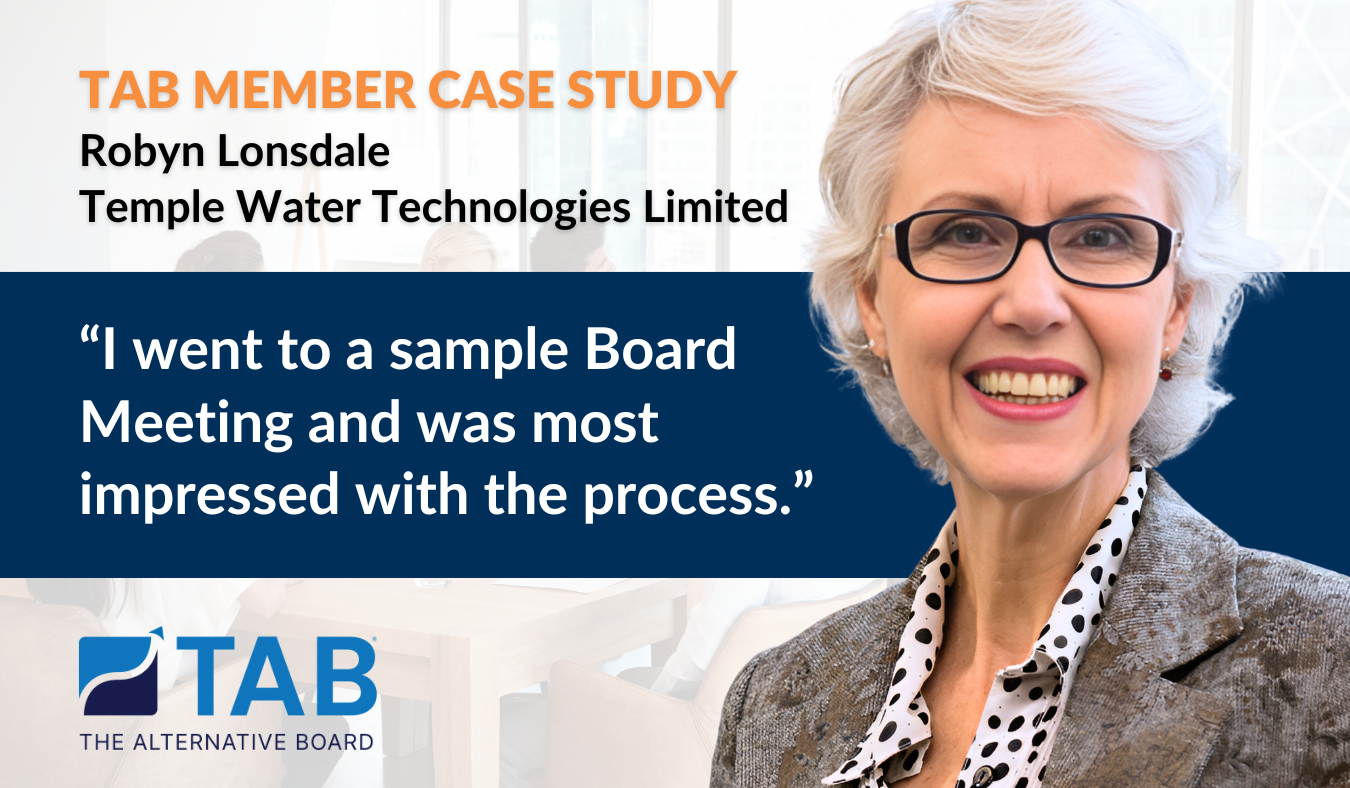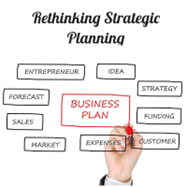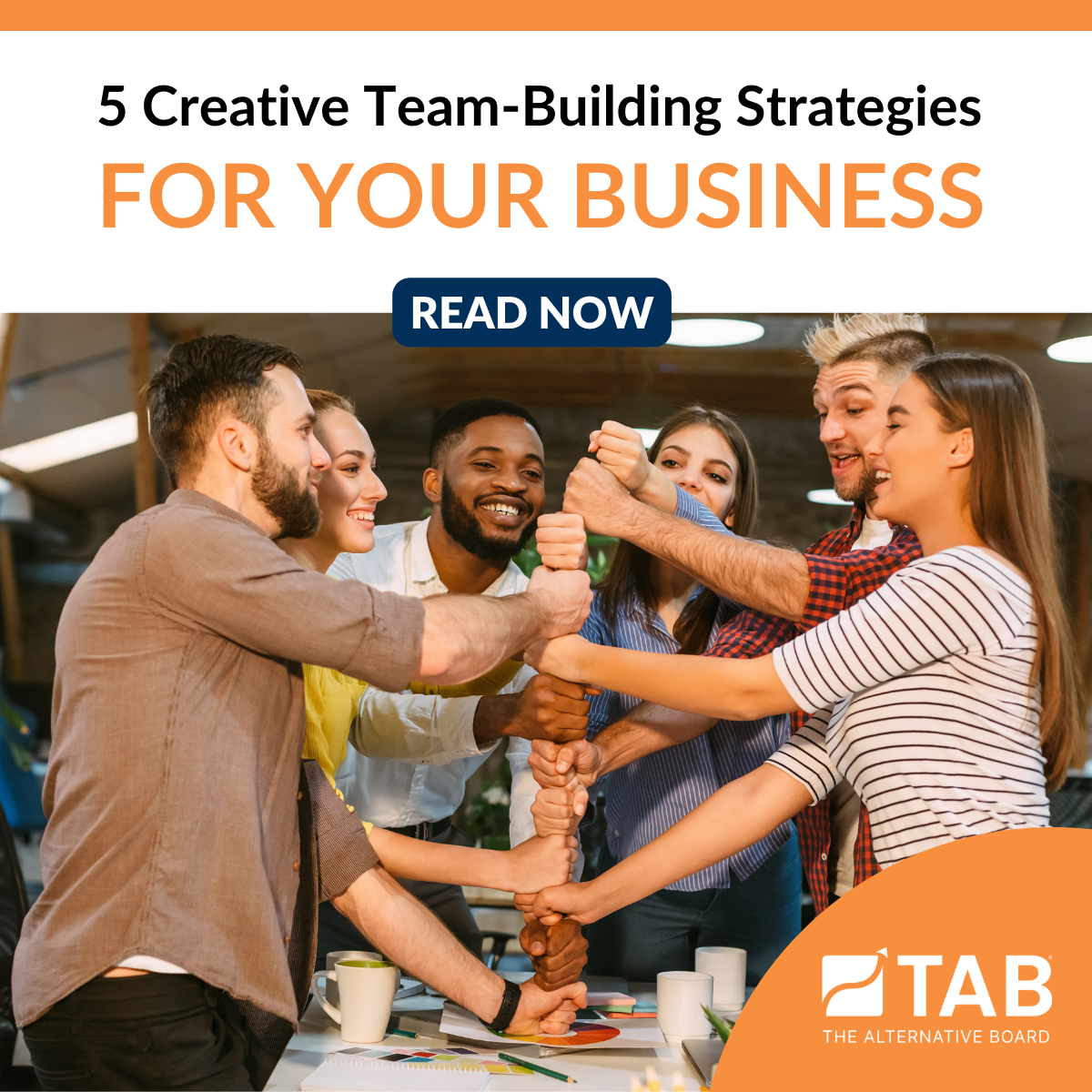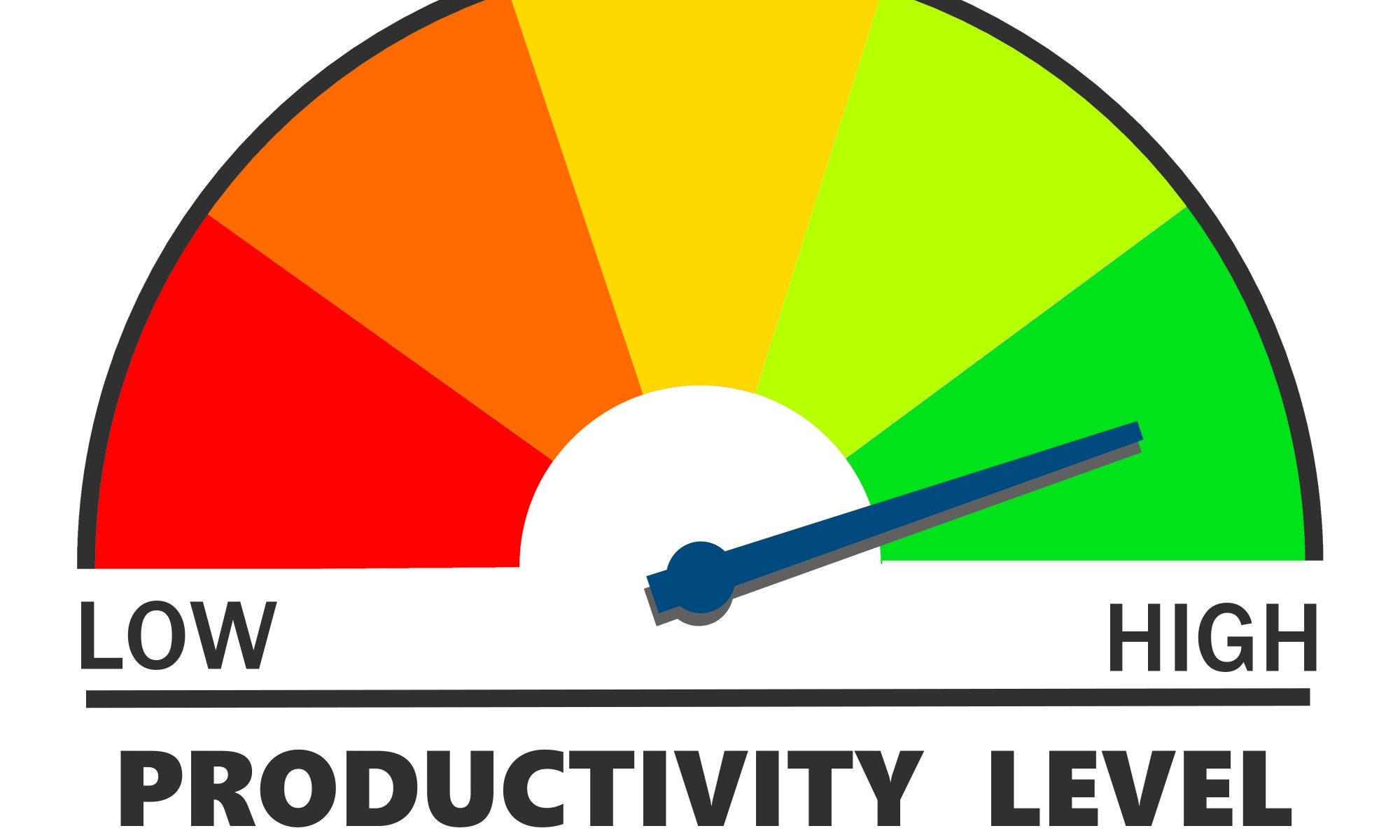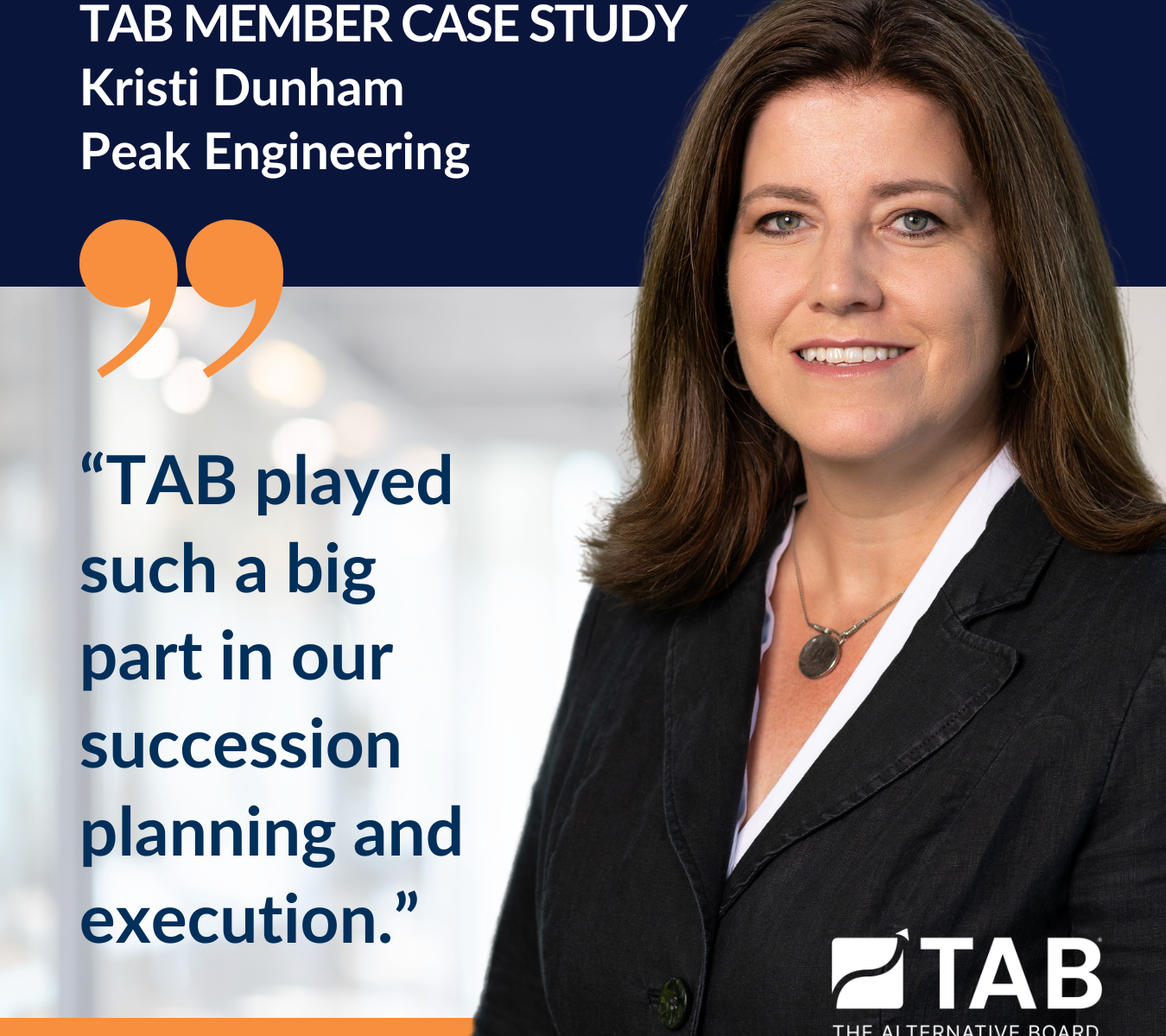Many business owners make a crucial mistake when building their network by conflating the concepts of connections and sales leads. Creating a pipeline of hot leads certainly merits, but building a network has a much more nuanced, multifaceted, and arguably more powerful purpose.
Yes, your network should include sales leads. But also suppliers, investors, potential employees, and other business owners who may work in all types of industries. Your network is about creating a robust support system that elevates and augments your connection and capabilities.
Why You Want a Multifaceted Network
As mentioned, a dynamic network comprises more than just potential customers. It includes a diverse array of contacts like suppliers, who can provide insights into cost-saving opportunities, product innovations, and market trends. Potential investors may offer financial backing, strategic guidance, and industry connections. Professional connections give you direct access to the top talent you may need somewhere down the line.
Perhaps most importantly, maintaining a network of other business owners can be invaluable. More than anyone, your peers understand the challenges and opportunities of running and leading a business. You can lean on this network for insight and advice – and maybe even collaborate on a joint venture. Even business owners who know nothing about your specific industry likely have expertise in many common elements of running and growing a business.
Strategies for Building a Healthy Network
True networking success is about strengthening relationships and creating mutual value. When you approach networking with the purpose of both offering and receiving support and shared knowledge, you build stronger, longer-lasting connections. The following are some smart strategies you can use to build a more dynamic network:
Attend a Variety of Events: Don’t limit yourself to the same events with the same attendees. Consider attending events outside your industry and be open to connecting with business owners and professionals you may never anticipate doing business with. You never know when you might need that connection or when they might need you.
Use Social Media: Networking sites like LinkedIn give you access to all kinds of professionals and business owners. The platform offers fantastic sales tools like Navigator, but don’t limit yourself to just looking for leads. Connect with individuals beyond your ideal customers. Join a diversity of groups and then foster those relationships to a degree that makes sense to you.
Cultivate Long-Term Relationships: Your network isn’t a competition for how many contacts you can amass. Instead, focus on building long-term relationships and providing value to your connections. Don’t just send marketing messages; instead reach out with kudos, words of support, questions, or maybe even a personal referral for a position you need filled. You likely don’t have loads of time to spend on networking activities like these, but even a little effort can go a long way.
Provide Value: Approach new contacts with the mindset of how you can help them, not necessarily the other way around. Be a resource. Share an article, offer an introduction, comment on a post, and build reciprocity. Augment your network’s skillsets. Your interactions with your network should be much more valuable than just a sales pitch.
Use your connections wisely. Remember, a strong network is not just about who you know, but how those relationships can elevate both your business and theirs.
TAB Boards are small groups of business owners and CEOs who meet monthly to provide guidance, support, and accountability to each other. TAB Boards are more than networking groups. Together TAB Members help build strategies, inspire innovation, and elevate each other to do better and be better. Please feel free to message me if you would like to learn more about the power of joining a TAB Board.
We would love to hear your comments or questions. Contact us today!
Gary Brunson
gary@myclearfocus.com
Debra Rider
debra@myclearfocus.com
574.361.2674
Sustainable Growth & Profit Consultant, Coach, Mentor, and Counselor/Therapist for Business Owners and Professionals.


